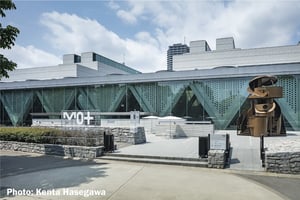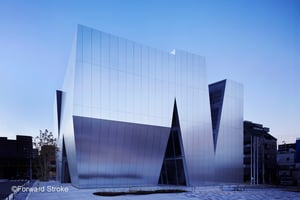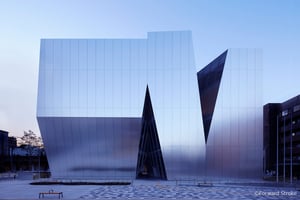MUSEUM OF CONTEMPORARY ART TOKYO houses a collection of over 5,000 pieces of contemporary art....
Mukojima-Hyakkaen Gardens Guide – Visit with The Tokyo Pass

The etymology of “Mukojima-Hyakkaen” is only partially known. The first half of the name is no mystery since the site is located in the Mukojima region (modern-day Sumida). But there are a few theories as to what “Hyakkaen” really means, including “the plum tree blooms first among a hundred flowers” or “a garden where a hundred flowers bloom throughout the four seasons.”
Appropriately for such a lyrical name, the gardens are heavily inspired by books of poetry, like how they’re home to flowers mentioned in the Chinese Book of Songs or the Japanese Man’yoshu, such as Thunberg’s lespedeza or Tsukuba pampas grass. However, for all their high-class elegance, Mukojima-Hyakkaen were always meant to be the people’s gardens, different from the gardens of powerful feudal lords.
Originally created with cooperation from various writers and artists, Mukojima-Hyakkaen today houses many different varieties of flowers, plants and trees. Highlights of the gardens include the Japanese bush clover tunnel, more than 20 varieties of ume plum trees, and so-called seven autumn flowers, plants mentioned in a poem by Yamanoue no Okura, which bloom from summer to fall. The gardens additionally have a store run by a descendant of Mukojima-Hyakkaen’s creator Sahara Kikuu.
3-18-3 Higashimukojima, Sumida-ku, Tokyo 131-0032
By Train:
8-minute walk from Tobu Sky Tree Line Higashimukojima station
13-minute walk from Keisei Electric Railway Oshiage Line Keisei-hikifune station
By Bus:
Toei bus Kameido - Nippori (里 22)
About 2-3 minute walk from Hyakkaen-mae stop




